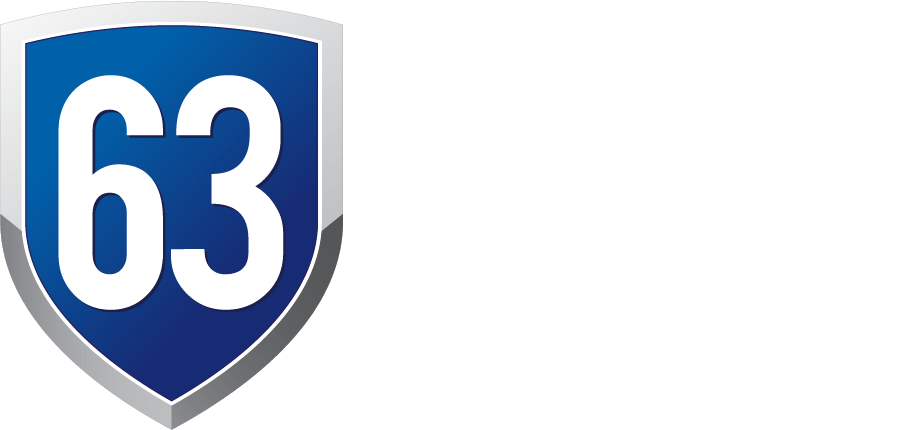Index
- Introduction
- What is patch management in cybersecurity?
- Benefits of effective patch management
- Patch management best practices in cybersecurity
- Patch management solutions
- Implementing patch management in your organization
- Wrapping Up
- FAQs
In a continuously evolving landscape of cybersecurity threats, one thing remains solid and certain: prevention is always the best cure. As attacks keep growing in terms of sophistication, companies must adopt proactive tactics to protect their online assets.
This is where patch management in cyber securitycomes into play. It is the subset of system administration that involves finding out, testing, and setting up patches or code changes that are there for bug fixes.
Patch management needs to stay updated on available patches, decide which patches are required for certain devices and software, and make sure that they have been properly set up. In this blog, we will take a look at the patch management process and its benefits.
What is patch management in cybersecurity?
Patch management is the procedure of applying updates to drivers, software, and firmware to safeguard against vulnerabilities. Additionally, effective patch management may assist in ensuring the best operating performance by boosting security and production.
Whether it is an employee’s laptop or a useless PC-based device, it is a must for all systems to be secured. The dangers of ignoring patch management may include exposing your business to breaches and leaks and loss of reputation.
Benefits of effective patch management
Patch management aims to safeguard your endpoints from hackers and maintain your systems running in top-notch shape. However, there are many benefits of patch management solution:
- It assists in lowering the expense of device life cycle management and repair. The office is practically everywhere, and businesses have had to pivot efficiently to support a highly dispersed workforce. Remote management tools extend IT abilities and lower the equipment of costly hardware shipments.
- It promotes the productivity within the company. Taking patch management as a trade-off against productivity is a common misconception. A well-managed software that is updated with patches works sufficiently and better and may assist in boosting employee productivity.
- It helps meet the regulations, laws, and complex standards. The majority of businesses must meet federal and local regulations to keep the data safe. This may include HIPAA or GDPR.
Patch management best practices in cybersecurity
Patch management efficiently fixes the vulnerabilities of your apps and softwares that are susceptible to cyber attacks. It assists your company to reduce any risks of security. With the continuous surge of cyber-attacks, companies are often asked by the regulatory bodies to adhere to a certain level of compliance. For this, patch management is a required piece for adhering to compliance standards.
There are some best practices to have in mind when you are implementing badge management:
-
Set clear expectations and hold groups accountable
Leveraging the company agreements, such as agreements that are service level, may keep the groups in check and make sure that the work of decreasing risk is actually being done.
-
Common language
Security groups often refer to software errors as risks, whereas the other teams may use them as patches. Ensuring that everyone is on the same page and understands the significance of patching is key to a successful patch management process that is successful.
-
Disaster Recovery process
In case your patch management procedure fails and there are issues, it is always a great idea to have a backup plan.
Patch management solutions
Since you already have a basic idea about patch management, let us dig a little deeper. There are different kinds of patches, and every one of them is tailored to suit certain requirements and address certain issues. While there are some that are designed for bug fixes and to increase security, there are others that just add features to the software. Here are some of the best management solutions:
-
Security patches:
Security patch management is the procedure of deploying security patches to handle security vulnerabilities in the software drivers and related components. It helps protect it from being exploited by vulnerabilities and bad parties.
-
BUG fix patches
Bugs in software may range in civility from level to critical. Fixing the bug ensures that the software is updated with the recent bug-free version.
-
Feature update
Feature update patches introduce fresh features and functions for the software. Additionally, they increase performance and make software faster and much more efficient.
Implementing patch management in your organization
Patch management focuses on keeping your network’s operating systems updated and as secure as possible against vulnerabilities and malware that may result in details and risks.
Companies generally try to maintain software consistency across the various devices connected to a network and reserve centralized patch management instead of letting each computer download its own updates. Here are some of the steps to implement badge management in your company:
-
Set up device groups
Devices and applications should be categorized as part of their risk factor. How critical is that system or device to the company? What process and data will be affected? These squares will assist in determining Priorities. Preserving the securities is vital.
Computers and servers with confidential information should be considered a Strong priority. As a result, they should receive patches first. In contrast, They really used devices that would be low priority. It is very crucial to have a multi-staged approach to streamline the process of patching.
-
Inventory
Organizations should also develop a complete IT inventory. All the applications and operating systems should be included as the first step in evaluating what patches have been installed and which ones are missing. Knowing the recent state of patching will assist in outlining the tactic to be carried out.
-
Find the Outdated software
It’s your time now to take action. A vital part of the patch management process is to effectively and efficiently Have a closer look at your network to spot any kind of outdated devices that might pose a risk to the company.
-
Deploy patches
Lastly, it is time to perform the patch deployment. However, one thing you should know is that once the priorities have been set out, depending on the critical status of the devices, you should plan for a patch management policy.
Wrapping Up
With the diverse patch management software and tools available in the marketplace today, it is vital that you select the past management software. That suits you the best and meets your company’s requirements. An effective patch management process should keep your organization’s networks safe against various vulnerabilities that have the probability of impacting performance.









